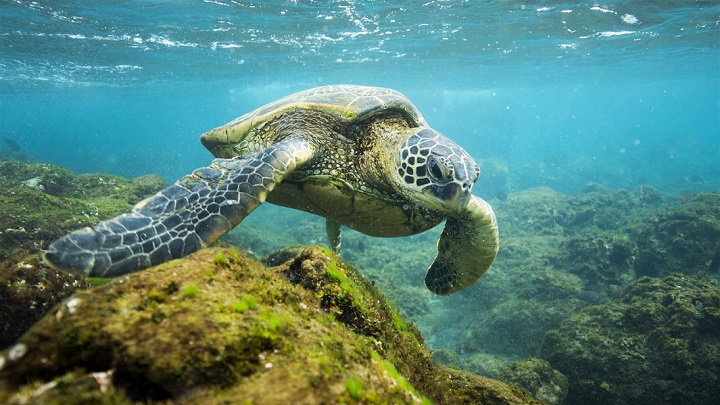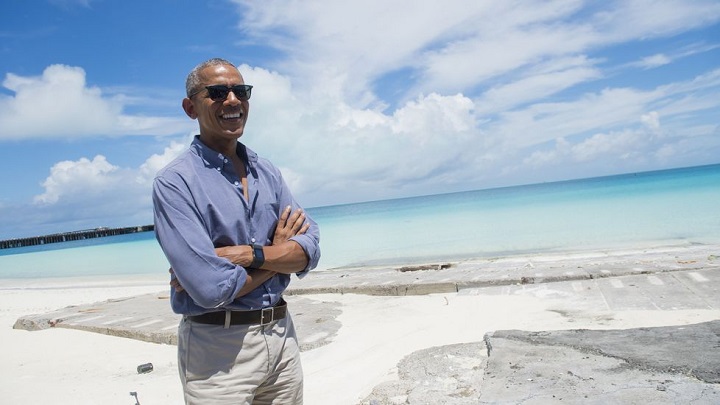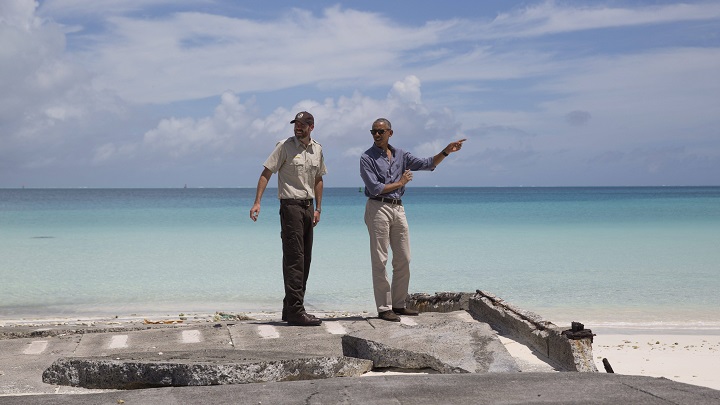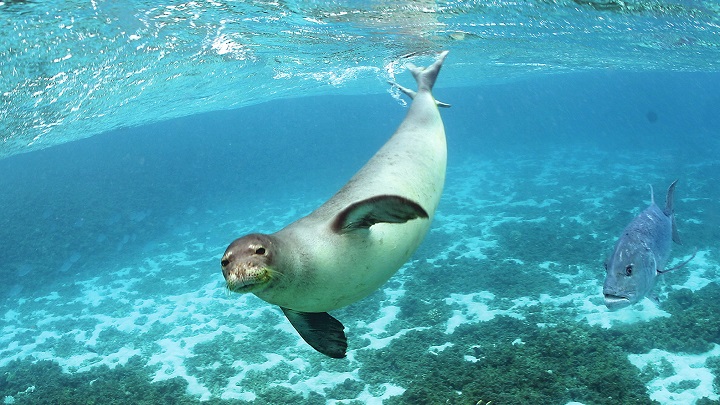
Fortunately, governments are increasingly aware of the importance of the environment for human beings. And it is that, without it, it is impossible to comply with the biological cycle. In fact, more and more initiatives are emerging that aim to preserve and recover the planet’s biodiversity. In this sense, we want to highlight protected areas, a conservation tool that meets numerous objectives: they maintain wild flora and fauna, natural landscapes and ecological processes; provide recreation opportunities; they represent educational possibilities; they are places of scientific research …
Today we want to tell you about one of the most amazing protected areas on the planet. We are referring to the Papahānaumokuākea National Marine Monument , the largest marine reserve in the world. Located in Hawaii, this area has made headlines in recent days for being officially presented by Barack Obama, the president of the United States. Therefore, today we want to know a little more about this protected area. Would you like to join us?
A reserve that triples the surface of Spain
As we were telling you, last week Obama officially presented the largest protected area in the world. We are referring to the Papahānaumokuākea National Monument, which has quadrupled in size. In fact, the reserve today reaches 1.5 million square kilometers. In other words, this sanctuary triples the surface of Spain. Yes! Yes! As you are reading it!

As expected, the president of the United States has been very satisfied with what they have done:
We hope that in 20 years, 40 years, 100 years, this is a place where people can still come and see what a place that is not overcrowded or destroyed by humans looks like. "
A cosmological significance for Hawaiians
As explained by UNESCO, Papahānaumokuākea is made up of low-lying islets and atolls, in addition to the ocean that surrounds them. It is located about 1,250 kilometers northwest of the main archipelago of the Hawaiian Islands, the place of origin of the President of the United States, who was born in Honolulu in 1961. Apparently, this place has a cosmological meaning for Hawaiians, who consider that it “embodies the kinship between men and nature, the cradle of life and the homeland of the spirits of death.

7,000 marine species
It is important to bear in mind that in two of the islands belonging to this territory, Nihoa and Makumanamana, archaeological remains have been found that demonstrate the presence of human settlements before the arrival of Europeans. Of course, what is most surprising about this place is its natural wealth, being able to find here about 7,000 species, of which a quarter are endemic. Special mention should be made of the black corals, considered the oldest animals on the planet. And it is that scientists assure that they can reach 4,500 years. We also want to highlight endangered species such as the green turtle, the Hawaiian monk seal and the Laysan mallard, considered the most endangered duck in the world (only 500 adult specimens remain). On the other hand, it is important to bear in mind that deep-sea pelagic habitats, seamounts, submerged sandbars, marine lagoons and vast coral reefs can also be found in this protected territory.

Military use
Finally, we want to comment that the text for the expansion of the marine reserve leaves the way for military use, which means that the prohibitions set by the proclamation will not apply to the activities of the country’s Armed Forces. The good thing about this ever-destructive use is that the military can police illegal fishing and put its satellites at the service of conservation.
– The spectacular Volcanoes National Park in Hawaii
